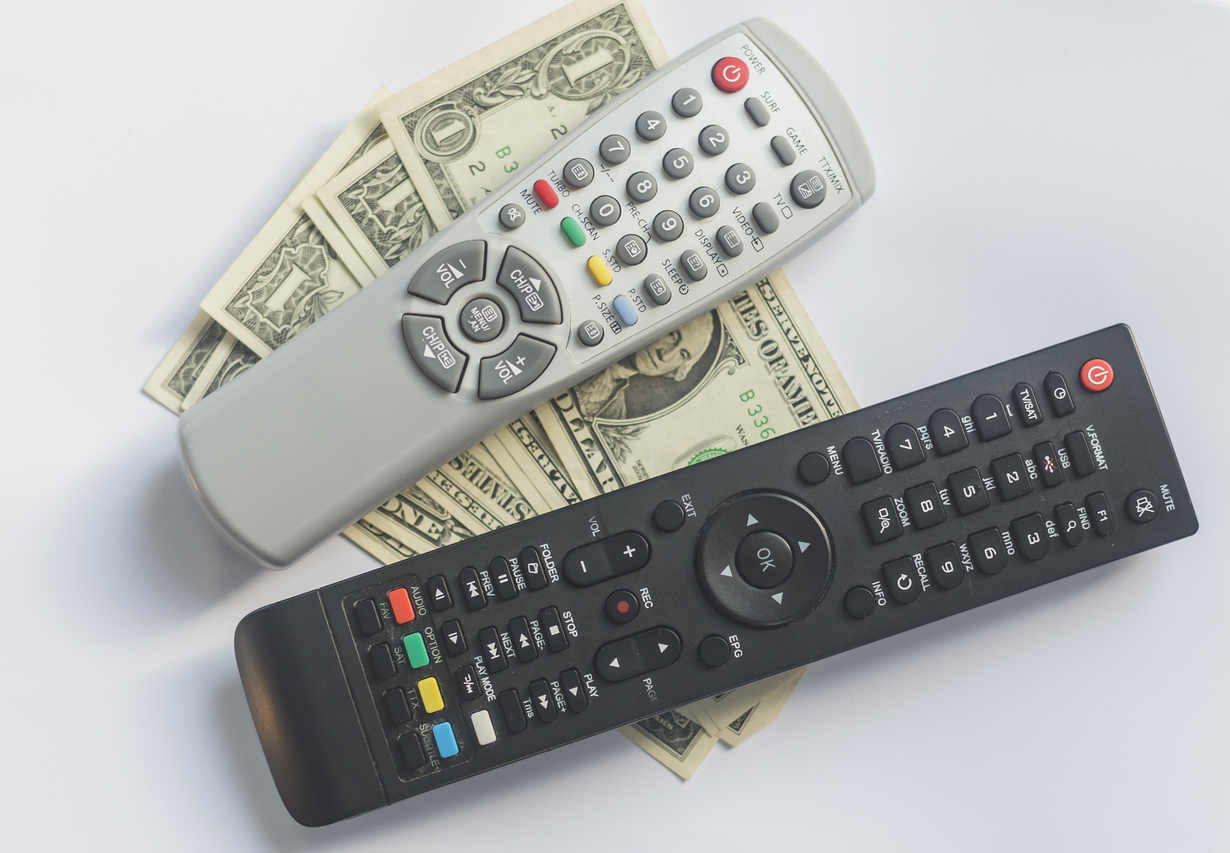Tv Advertising costs
What You Need to Know About TV Advertising Costs Before You Launch
Understanding TV advertising costs is crucial for building a smart, effective marketing strategy. Whether you’re considering a local campaign or planning a national rollout, TV advertising remains one of the most powerful ways to reach a broad audience—but the costs can vary widely.
Factors like market size, network selection, ad length, time of day, and campaign duration all play a role. In this guide, we’ll break down what affects TV advertising costs, what to expect when budgeting, and how to access real-time rate cards from National Media Spots to plan your campaign with confidence.

Why TV Advertising Costs Can Vary So Much
One of the biggest questions advertisers have is why TV advertising costs can differ so dramatically from one campaign to another. The answer lies in several key variables: where your ad airs (local, regional, or national networks), when it airs (primetime, daytime, or late night), how long the spot is (15, 30, or 60 seconds), and how often it runs. High-demand slots like live sports, national news, and popular primetime shows typically command premium rates. Understanding these factors—and accessing instant TV rate cards—can help you build a campaign that matches both your audience goals and your budget.
What we offer
Key Factors That Influence TV Advertising Costs
If you’re planning a campaign, understanding what drives TV advertising costs will help you create a smarter, more effective media plan.

Larger markets with more viewers naturally have higher TV advertising costs. Running a commercial in cities like New York, Los Angeles, or Chicago will cost more than advertising in smaller regional markets, but it also delivers broader reach and visibility.

When your ad airs is just as important as where. Primetime slots (evenings) and live events like sports broadcasts carry higher TV advertising costs due to higher viewership. Daytime and late-night spots are often more budget-friendly options.

TV advertising costs also depend on how long your spot is and how often it airs. A 60-second commercial costs more than a 30-second one, and running your ad multiple times a day will increase overall investment—but also improves audience recall and campaign effectiveness.
How to Budget for TV Advertising Costs
Setting a realistic budget for your campaign starts with understanding how TV advertising costs align with your goals. Think about where you want your ads to air, how often you want them seen, and what types of viewers you want to reach. Small businesses might start with a few high-impact local spots, while larger brands may invest in broader regional or national campaigns.
Accessing detailed rate cards, like those provided by National Media Spots, helps you map out pricing options clearly—so you can maximize reach without overspending.
Plan Smarter with Transparent TV Advertising Costs
Navigating TV advertising costs doesn’t have to be overwhelming. With the right strategy—and real-time access to rate cards—you can create a powerful television campaign that fits your audience, your goals, and your budget. Whether you’re buying your first local spot or scaling a national campaign, knowing what impacts pricing gives you a real advantage.
FAQ
TV Advertising Costs FAQs
TV advertising costs vary widely. Local commercials can range from a few hundred to a few thousand dollars per spot, while national campaigns during major events can cost significantly more. Access to rate cards makes it easy to plan accurately.
The largest drivers of TV advertising costs are market size, network choice, time slot (daypart), program popularity, and ad length. Primetime and live sports events tend to be the most expensive
Generally, yes. Cable TV advertising costs are often lower than major broadcast network rates, but they also offer more targeted, niche audiences depending on the channel and program type.
Absolutely. Many small businesses successfully advertise locally with affordable TV advertising costs by selecting regional networks, off-peak times, or bundling placements for better rates.
The best way to manage TV advertising costs is to plan early, target your audience carefully, and work with a media consultant who can provide instant access to rate cards and strategic buying options.
When businesses consider expanding their marketing reach, one of the first questions they ask is: How much do TV advertising [...]Read More
When planning a television campaign, one of the most common questions businesses ask is about TV Advertising Costs. Whether you [...]Read More
As the media landscape continues to evolve, TV advertising costs remain a crucial consideration for businesses planning impactful marketing campaigns. [...]Read More
Understanding TV advertising costs is essential for businesses deciding between local and national campaigns. Whether your brand serves a single [...]Read More
The Importance of Understanding TV Advertising Costs Understanding TV Advertising Costs is one of the most critical steps in building [...]Read More






